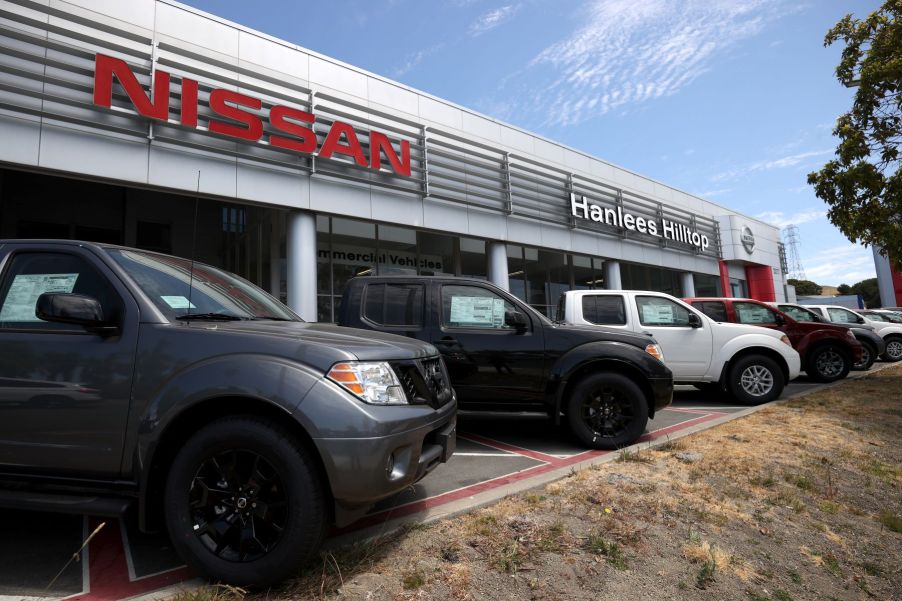
‘Dealer Invoice’: Is It Really the Price Dealerships Pay For Vehicles?
“Dealer Invoice” is what the dealership paid for the vehicles on the lot from the manufacturer. But sometimes the dealership price is far different. There are some things like factory incentives that the buyer doesn’t see. “Dealer holdback” is another hidden amount that isn’t reflected in the invoice price. Nor are the dealer credits from the manufacturer. So really, the dealer invoice may be higher than what a dealer pays for a vehicle.
Is “dealer holdback” included in the dealership price?

Let’s dig down a little deeper to see how the dealer invoice may not represent the dealer price. That “dealer holdback” has always been somewhat of a mystery, much like “destination charges.” We’ve covered that one already.
The holdback is something the manufacturer pays the dealer after the sale. Dealers won’t always even admit to its existence. It is usually about three percent of the purchase price, give or take.
If a vehicle is hot, the price you’ll pay is MSRP or sometimes higher

Right now, in this seller’s market, don’t expect any dealer to show you the invoice price. Everyone is paying MSRP for just about every vehicle sold. But as a future reference, it is worth knowing more. After all, this crazy post-pandemic market won’t stay this way forever.
And don’t expect that once prices level out, you can see the dealer invoice for every vehicle. If a particular vehicle is selling well, then there is no reason the dealer will entertain any negotiation. Again, you’ll be paying MSRP, or you walk.
Can you ever see what the dealer invoice is?

Sometimes, the dealer invoice is shown to the potential buyer giving the impression the dealer is making very little profit. So if the negotiated price is only a few hundred dollars above the dealer invoice, most buyers will think that is fair. After all, dealers are in business to make a profit.
But in some instances where it is being used during a negotiation, you can probably surmise the dealer is getting more money from the manufacturer, besides your $300 over invoice. So as you can see, it may not matter if you see the dealer invoice number. There may be a $1,000 incentive from the factory because it overproduced that particular model.
In fact, there may be incentives or rebates advertised as a means of bringing buyers into dealerships. But if the buyer doesn’t know about it or doesn’t bring it up during negotiations, the dealer may not offer it. Then, it will keep whatever the rebate or incentive is.
So, what might be a better plan is to do your homework first. Look at consumer sites to see what MSRP actually is, what trims add to the cost, and what rebates or incentives there are. Even in the current market, there are some rebates for certain cars and trucks.



